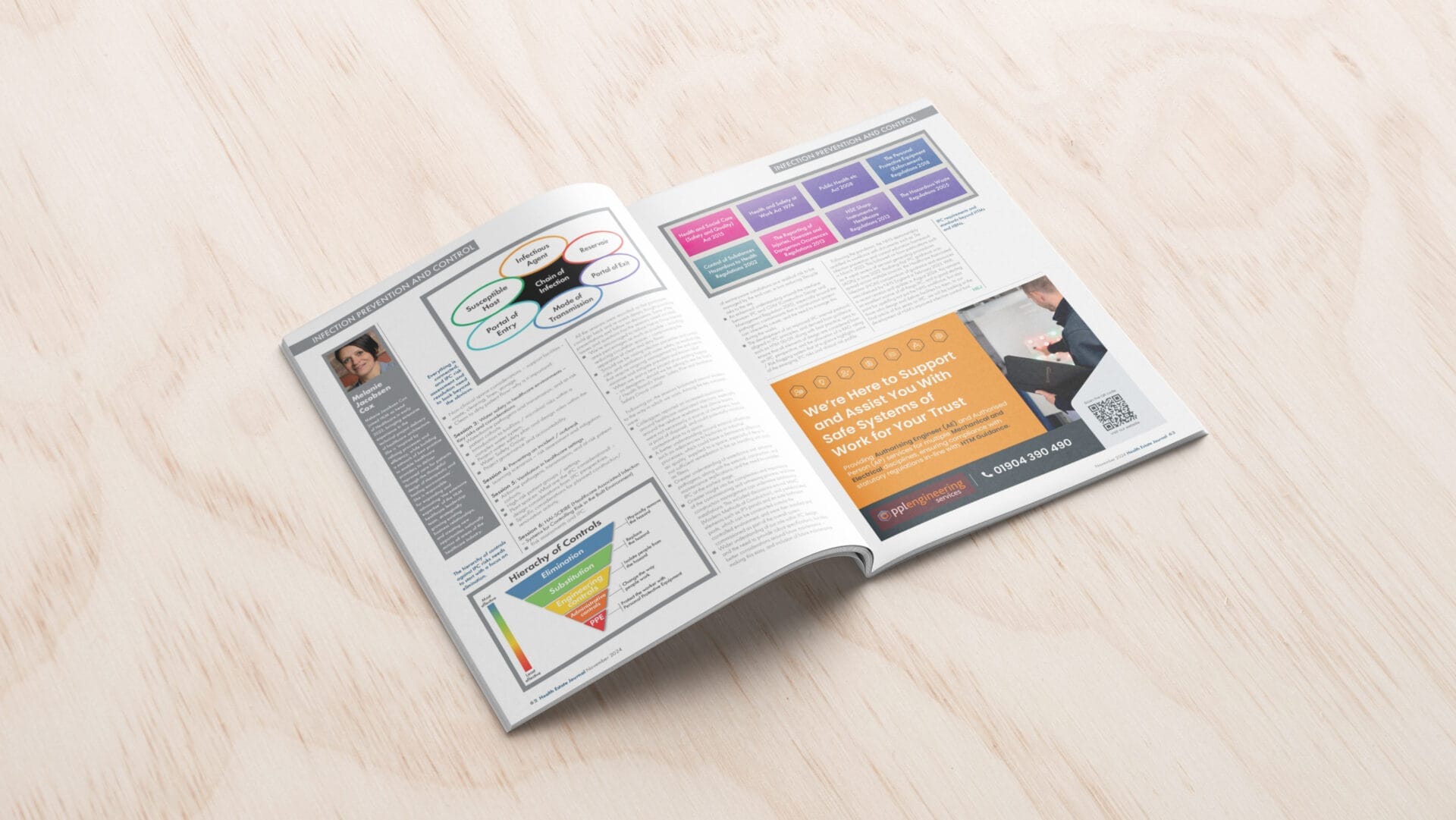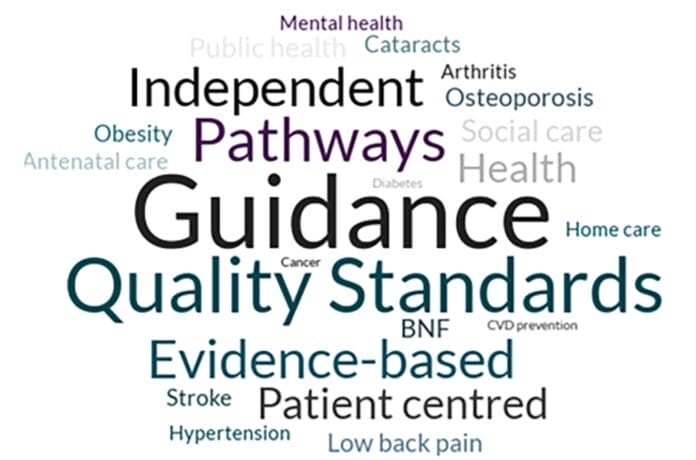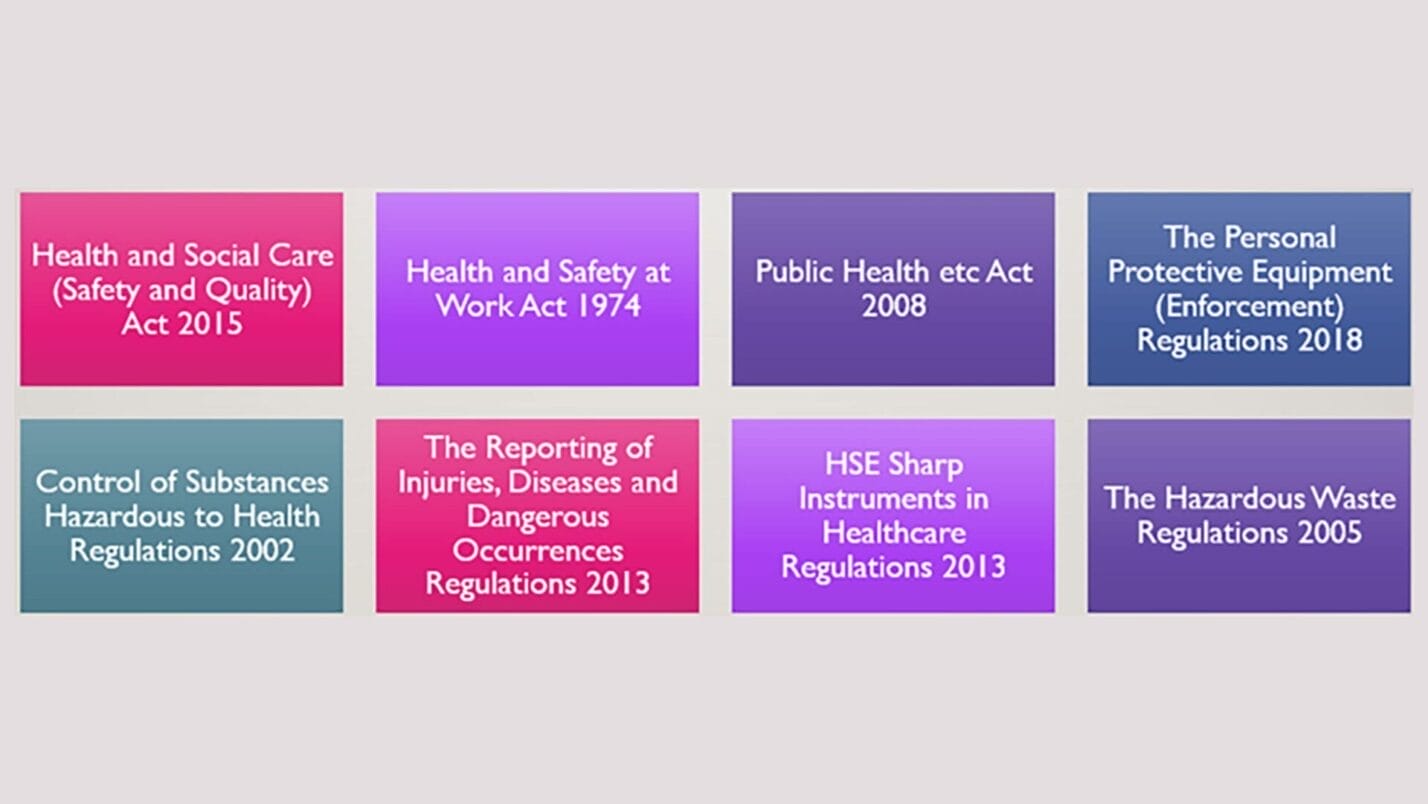
In this second article in our series of three for the Health Estate Journal Melanie Jacobsen Cox considers some of the key infection prevention and control (IPC) challenges healthcare design teams face. The piece talks about how we have taken steps internally to upskill our knowledge and awareness around infection control within our duties and responsibilities as designers.
There is a necessity for patients to feel protected in our healthcare facilities and for staff to feel assured that they can deliver their services without harm.
As healthcare architects, we cover a vast array of topics in a day. From Net Zero Carbon to Digital Transformation, Wellbeing and Clinical Services. At the heart of everything we do is safety, and the recent Building Safety Act, whilst inherently focussed on fire compliance issues post Grenfell, also stresses the overarching requirement for people to be safe in our buildings. There is a necessity for patients to feel protected in our healthcare facilities and for staff to feel assured that they can deliver their services without harm.
But just how unsafe can a hospital building be? When in hospital for a recent operation, brown water came out the tap in my pre-admission room while I was washing my hands. I immediately called Alyson Prince, Consultant Nurse Specialist, RGN, BSC and Built Environment Infection Control Consultant, knowing that she would advise exactly what that meant and what to do. ‘It’s rusty water from corroded pipework,’ she said and then guided me through the correct hand-sanitising procedure.
Spend just a few moments with Alyson and it’s not difficult to see where her passions lie. Thanks to her, the words pathogens and bio-films frequent HLM Healthcare team’s healthcare vocabulary now. It’s fair to say that she opened our eyes and ears to some of the ‘invisible’ issues that our healthcare, particularly our hospital buildings face, with catastrophic consequences.
Infection Prevention Control (IPC) incidents are not on the decline. The ever-complex sites and projects, pose challenges through all stages of a project which can dramatically affect outcomes. But truth be told, patient safety and IPC consideration are still not often front and centre in our healthcare building designs, relegated until such a point that they can be seen as tokenistic. Whilst there have been numerous revised publications issued post pandemic focusing on staff infection control measures, how relevant is HTM 00-09 still and what are the challenges healthcare design teams face when it comes to IPC matters?
A culture of Continuous Improvement
Armed with Alyson’s narrative, we invited her to undertake six 1-hour education sessions across our healthcare team. These were not intended to scare our colleagues, although one did say that they might struggle to leave their home without a full kit of PPE going forward. Instead, the intention was to open their eyes and empower them to actively consider IPC all the way through our design development and to be very clear on where the real risks lay. Sessions content included:
Healthcare Planning and design and Infection Prevention and control
Session 1
- Infection Prevention and control- What are the roles and responsibilities?
- (Healthcare Associated Infection) HAI Standards: What are they and how do they apply to design schedules
- IPC and the law- Compliance and assurance
Session 2
- IPC Stages of Risk assessment in the built environment
- Non-clinical space consideration- Support facilities – waste, cleaning, linen, storage;
- Clean to dirty patient flow: Why is it important



Water safety in healthcare environment – Key risks and considerations
Session 3
- Waterborne pathogens and transmission and risk patient cohorts
- Introduction to Biofilms/ Microbial risks within a complex water system
- Project water safety plan and design roles within the Water Safety group
- Project governance and accountability
Session 4
- Preventing an incident/Outbreak, Learning scenarios- Risk assessment and mitigation
Ventilation in healthcare setting:
Session 5
- Airborne pathogens, transmission and at risk patient cohorts
- High risk patient group/settings
- Plant spaces: What are the IPC considerations- Design considerations from IPC perspectives
- Specific considerations for planned construction/renovation activity

Session 6
- HAI-SCRIBE (Healthcare Associated Infection – Systems for Controlling Risk in the Built Environment) Risk assessments and IPC
All the sessions were recorded so that participants could go back and re-watch deeply thought-provoking presentations and follow on discussions:
‘We’re encouraged to reduce Net to Gross internal area percentages as much as possible – including reducing circulation spaces – compromising the separation of Clean and Dirty flows’
‘Should we be raising Infection Prevention & Control risks and Ventilation Safety and Water Safety as a residual risks that requires on-going management by the end-user in order to minimise and mitigate prevalent and known risks?’
‘When we start a new project to an existing hospital – as designers, should we be asking to see the Health Board’s and Trust’s Water safety Plan? And ventilation safety group notes’
Were just some of the questions the HLM team asked and following on, the sessions kickstarted internal revisions to the way in which we work.
- Colleagues reported an increased awareness around healthcare associated infections (HAIs) especially around the relative revelation that clinical basins were not necessarily a source of cleanliness, more a point of disposal and potentially introducing contamination to a space.
- Better understanding around external influences such as adjacencies to factories or industrial processes could have a detrimental effect on air quality supplied to a space, especially if there is not sufficient remediation in the air handling unit such as filters.
- Greater understanding of waterborne and airborne pathogens, along with the external, construction and maintenance implications and the need to consider IPC at the earliest stage.
- The complexities and importance of the commissioning and witnessing process and how construction management can undermine satisfactory installations. This included discussions around MMC (Modern Methods of Construction), and prefabricated elements such as IPS panels and ensuite bathroom pods which can be constructed outside the controlled environment which were then installed and commissioned as part of the overall system
- Wider understanding of our role within IPC design and the need to provide robust specifications, but also better considerations around future maintenance – making this easy – and inclusion of future maintenance of sanitaryware installations as a residual risk to be managed by the end user, in turn reducing lifecycle risks to the site.
- Expanded understanding around the interface between IPC and CDM (Construction Design and Management Regulation 2015), especially around the parthenogenic contaminants that a construction project can inherently create and the need to manage this during the works.
- The development of an improved IPC internal protocol aligned to IPC principles and derived from guidance such as HTM 00-09 along with best practice, aims to ensure that all elements of design are considered from an IPC perspective and allocation of a RAG rating/Risk flagging system that at-a-glance highlights some of the emerging IPC risks and clinical risk profile.
Following the pandemic, the NHS demonstrably upskilled their workforce with publications such as ‘The Infection Prevention and Control Education Framework’ in March 2023. This followed on from publications such as ‘A Rapid Review of Aerosol Generating Procedures (AGPs)’ in June 2022. Realising that IPC guidance was spread across multiple sources, the Healthcare Associated Infection (HCAI) compendium of guidance and resources was released in February 2023, however with a recent revision and update in August 2024, this remains an excellent source of all things IPC, and a good starting point for upskilling not just the NHS workforce, but those who design and deliver facilities for them.
In our final article of this series on IPC, we will be looking at the development of our improved infection control tool.



